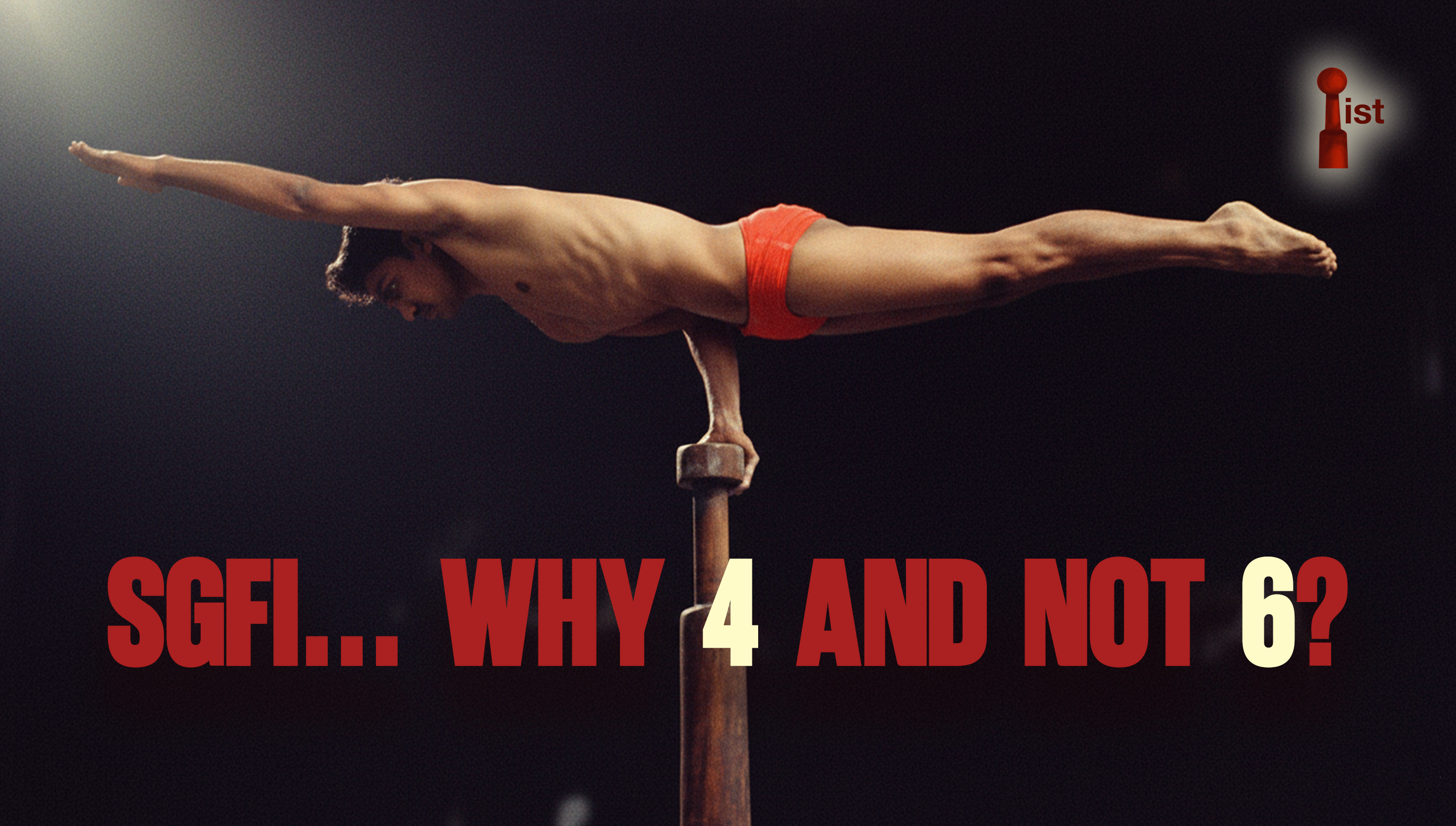
SGFI Mallakhamb Nationals: Why Are Two Players Still Being Left on the Sidelines?
A look at the outdated team rules in school-level competition and the opportunities being denied to young athletes.
The air in Ujjain, Madhya Pradesh, will soon be electric with anticipation. From November 24th to 28th, 2025, the nation's most promising young Mallakhamb athletes will converge for the prestigious School Games Federation of India (SGFI) National Championships. They will have spent months, if not years, training for this moment—perfecting their postures, building their strength, and dreaming of a national medal.
But for two members of every single qualifying team, that dream will be cut short before they even get a chance to compete. Why? Because of an outdated rulebook that has failed to keep pace with the rest of the sport.
A Sport on the Rise: Mallakhamb's Modern Makeover
To understand the problem, we first have to look at the incredible progress Mallakhamb has made. The year 2018 marked a turning point. The Mallakhamb Federation of India (MFI) rolled out a new, modernized code of points, bringing significant and much-needed changes to the competition format.
Two of the biggest updates were:
The removal of compulsory sets, allowing athletes more freedom and creativity in their routines.
An increase in team size from four to six players, providing more opportunities and creating deeper, more competitive teams.
The evolution didn't stop there. In 2021, another progressive change was made to promote all-around skill: female athletes were now required to compete on both Pole and Rope Mallakhamb, while male athletes would perform the usual Pole, Rope, and Hanging Mallakhamb.
These changes were widely celebrated and quickly adopted by every major Mallakhamb organizing body in the country. From the official Federation tournaments to high-profile events like the Khelo India Youth Games, Khelo India University Games, and the Association of Indian Universities (AIU) championships and the IOC's National Games—the new, modern rules are the standard.
Everywhere, that is, except for one.

The One Rule SGFI Forgot
For reasons that remain unclear, the School Games Federation of India—the very foundation of competitive school sports—is stuck in the past. While they adopted some of the new rules about two years ago (like the removal of compulsory sets and the updated apparatus requirements), they have stubbornly held on to the outdated four-player team limit.
This creates a puzzling and frustrating discrepancy. The MFI, the sport's national governing body, has set the standard at six players. Yet, the SGFI, one of its most important grassroots tournaments, operates on a different, archaic system. This isn't just a minor detail; it has a major real-world impact on young athletes.
More Than Just a Number: The Human Cost of an Outdated Rule
Imagine being the fifth or sixth-best player in your state. You train just as hard, make the same sacrifices, and share the same passion as your teammates. You earn your spot through rigorous selection trials. You are, by all measures, one of the top athletes in your region.
Yet, when the time comes to travel to the SGFI Nationals in Ujjain, you are told to stay home. Your opportunity is gone, not because you weren't good enough, but because of a rulebook technicality. This is the reality for countless school-level players. It's a direct injustice that stifles talent and denies deserving athletes the chance to gain invaluable national-level competition experience. It sends a demoralizing message: your hard work doesn't matter as much.
A Question of Leadership
The Mallakhamb Federation of India has undergone two leadership elections since these rules were first updated in 2018. Under two different leadership committees, this critical gap in the SGFI competition model has been allowed to persist. The question must be asked: Why hasn't the MFI ensured that its own rules are uniformly applied across all major national tournaments?
As the Mallakhamb community looks towards the upcoming SGFI Nationals in Ujjain, the issue is more urgent than ever. Another year will pass, and another cohort of talented athletes will be left watching from the sidelines.
The clock is ticking. When will the SGFI catch up with the times and give every deserving athlete their chance to shine on the national stage?
Write to Mallakhambist to grow our sport.


